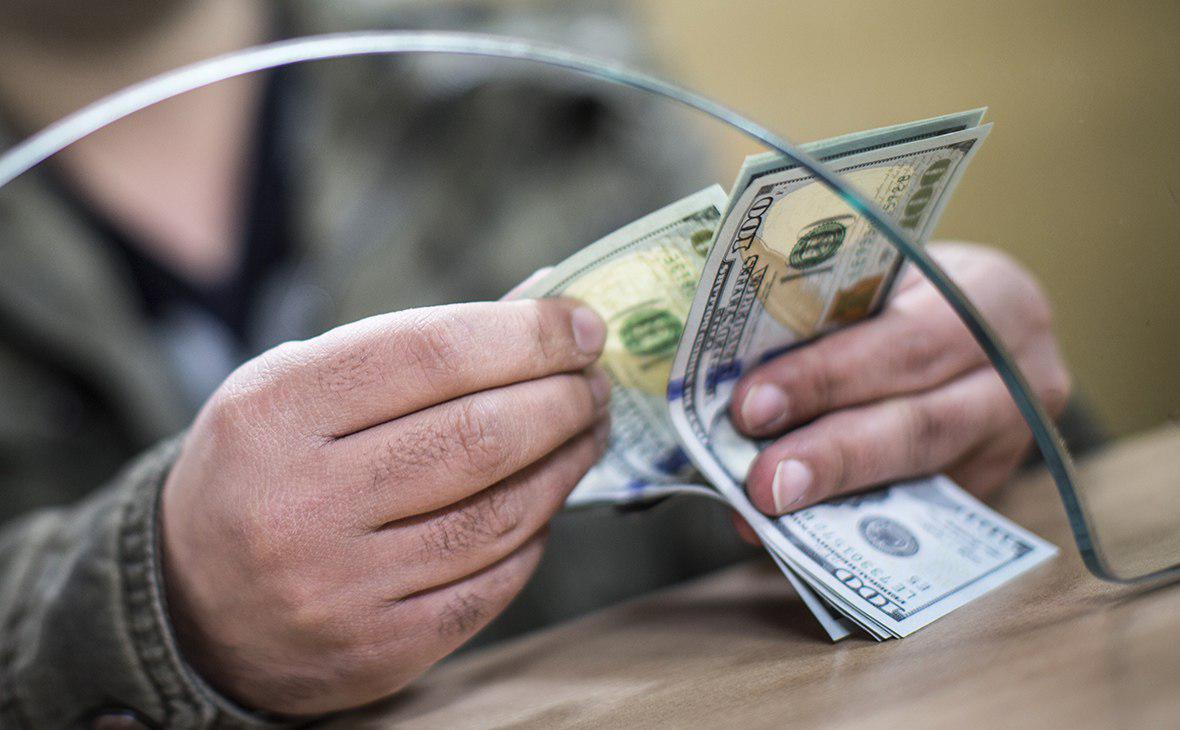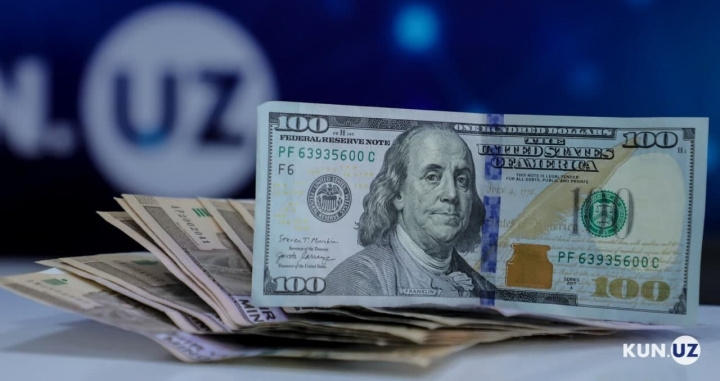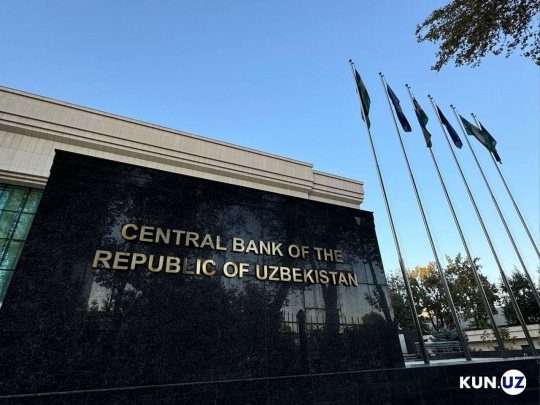Labor migrants transferred more than $1 billion to Uzbekistan in April
The volume of transfers increased by 27% in four months. Demand for the currency remains stably high.

Photo: Morteza Nikoubazl / Zuma / TASS
For four months since the beginning of the year, money transfers from abroad amounted to $2.54 billion, Spot reports with reference to the Central Bank data.
The flow of remittances increased by 27% – for comparison, in the same period of 2021 it was equal to $1.99 billion. In April 2022, migrants sent $1.07 billion to Uzbekistan, which is 88% more than the level of the previous April.
The volume of exchange transactions continues to grow at a faster pace. Foreign currency inflows to banks from citizens of Uzbekistan increased by 53%, reaching $3.27 billion – against last year’s $2.14 billion.
Demand has also risen significantly. If in January-April last year, citizens bought currencies worth $1.36 billion, then over the past four months the figure has grown by 64% and amounted to $2.23 billion.
In April, the population spent $1.16 billion on foreign currency, almost doubling the monthly figure of the previous April. Banks, in turn, sold 1.5 times more foreign currency to individuals – approximately $500 million.
According to the Central Bank, the increase in demand for foreign currency in the first quarter was 69%, although its receipt from cross-border transfers increased only by 3%.
Statistics show that Uzbeks bring more foreign currency to banks than they buy from them. Due to this, financial institutions can partially cover the foreign currency deficit in the corporate environment.
Remittances from abroad remain the main source of currency for the population – in 2021, they amounted to $8.1 billion. Thus, the earnings of labor migrants partly compensate for the outflow of foreign currency due to the negative balance of foreign trade.
Transfers allow maintaining the exchange rate of the soum and the purchasing power of the population. The WB and other observers pointed out that they helped it to survive the pandemic in no small measure.
With the outbreak of hostilities in Ukraine, the ruble devalued sharply. Against the background of foreign exchange restrictions imposed by the government and a projected economic downturn in Russia, remittances are expected to decrease and GDP growth – to slow down.
In early March, Uzbek banks noted the rush demand of the population for cash rubles, dollars and euros – it became one of the reasons for the devaluation of the national currency. However, in April, the demand for foreign currency stabilized, and its supply from citizens increased.
Recommended
List of streets and intersections being repaired in Tashkent published
SOCIETY | 19:12 / 16.05.2024
Uzbekistan's flag flies high on Oceania's tallest volcano
SOCIETY | 17:54 / 15.05.2024
New tariffs to be introduced in Tashkent public transport
SOCIETY | 14:55 / 05.05.2023
Onix and Tracker cars withdrawn from sale
BUSINESS | 10:20 / 05.05.2023
Latest news
-
Aziz Magrupov relieved of his duties as Presidential Assistant
POLITICS | 00:18
-
Komil Allamjonov appointed as independent advisor to Head of the Presidential Administration Saida Mirziyoyeva
POLITICS | 00:12
-
Saida Mirziyoyeva appointed Head of Uzbekistan’s reorganized Presidential Administration
POLITICS | 21:56 / 23.06.2025
-
Widespread IELTS answer leaks raise alarm, spark fears of exam ban in Uzbekistan
SOCIETY | 19:12 / 23.06.2025
Related News

13:42 / 16.06.2025
Buy now, pay more: Hidden costs of installment plans raise concerns in Uzbekistan

14:54 / 13.06.2025
Energy costs, utility tariffs continue to shape inflation expectations in Uzbekistan

19:30 / 12.06.2025
Inflationary pressure from exchange rate expected to ease in Uzbekistan

13:57 / 12.06.2025



